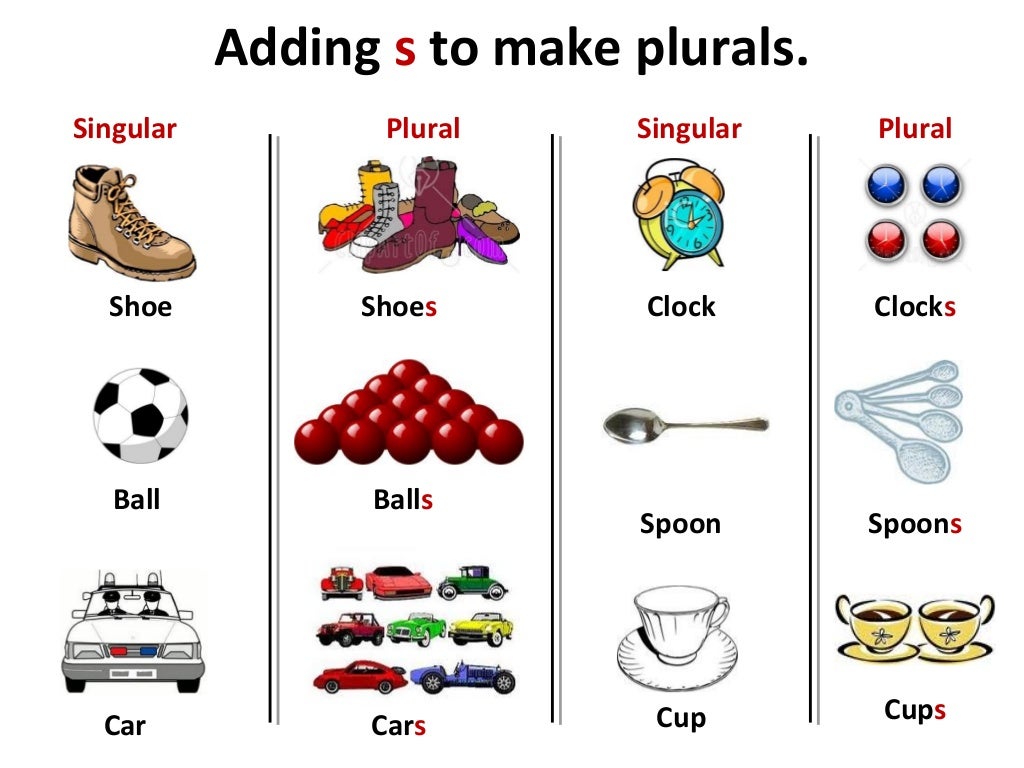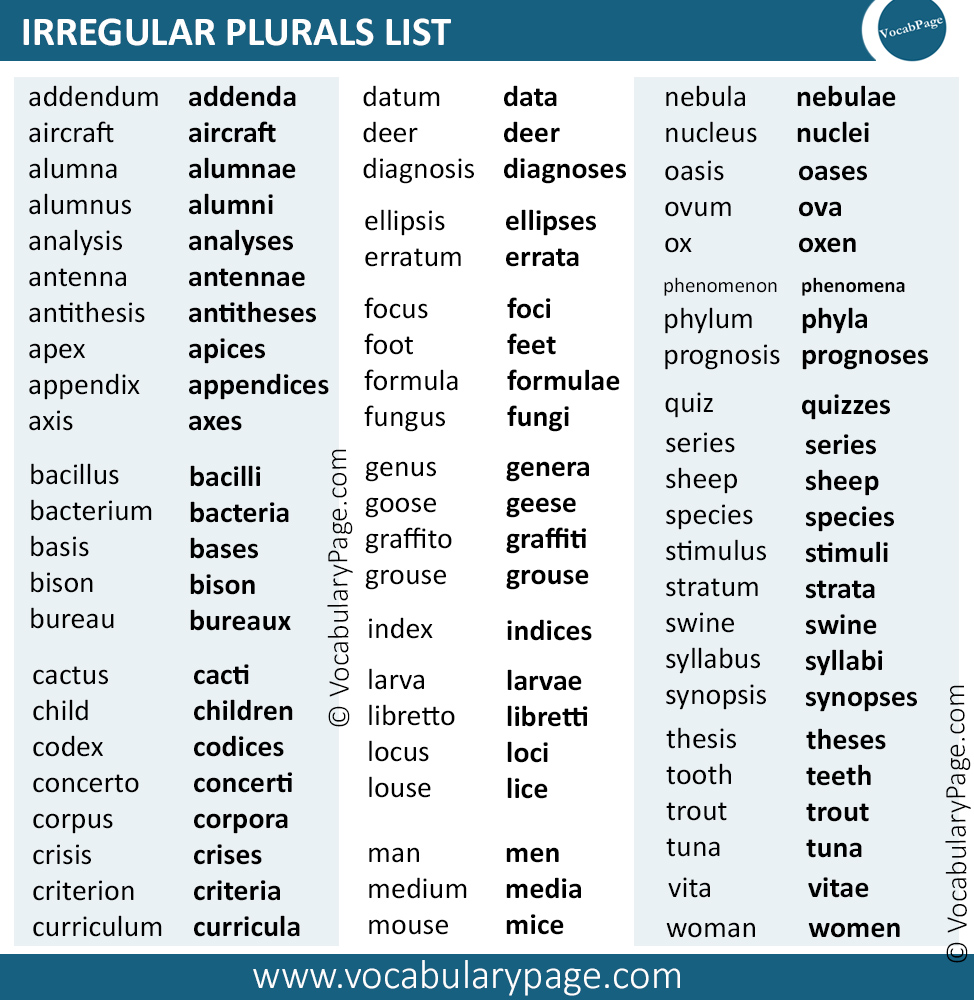


When a noun indicates one only, it is a singular noun. The difference between singular and plural nouns is easy to spot. There are a few exceptions to this rule, but not many – one of the best is that a single moose is a moose, and a group of moose are still moose. When you write about more than one of anything, you usually use the same word, simply adding an s, es, or ies to the end. When you talk about more than one of anything, you’re using plural nouns. A plural noun is a word that indicates that there is more than one person, animal place, thing, or idea. The answer is a relatively easy one, as grammar goes. Today many rural and foreign speakers still don't think of children as plural, and have added a third suffix, yielding the triply plural childrens.Start writing with Ginger What is a Plural Noun But people stopped hearing it as a plural, and when they had to refer to more than one child, they added a second plural marker, -en. Once it was childer, with the old plural suffix -er also seen in the German equivalent Kinder. Nonstandard dialects are filled with double plurals such as oxens, dices, lices, and feets, and that is how we got the strangest plural in Standard English, children. This is happening today to the noun data, which often refers to large quantities of information and which is easily conceived of as stuff rather than things the word is turning from a plural ( many data) to a mass noun ( much data).

The linguist Peter Tiersma has found that whenever a set of objects can easily be construed as a single assemblage, a regular plural is in danger of congealing into a mass noun or an irregular plural. "In his song One Hippopotami, the comedian Alan Sherman sang, 'The plural of "half" is "whole" the plural of "two minks" is "one mink stole."' It is an astute observation.


 0 kommentar(er)
0 kommentar(er)
